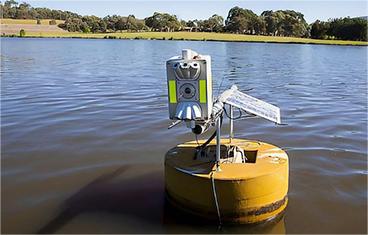Australia will combine data from water sensors and satellites before applying computer models and artificial intelligence to provide better data in South Australia’s Spencer Gulf, considered Australia’s “seafood basket” for its fecundity. The area provides much of the country’s seafood.
The Spencer Gulf is called ‘Australia’s seafood basket’ for good reason,” Cherukuru said. “The region’s aquaculture will put seafood on the table for thousands of Aussies these holidays, with the local industry’s production worth over AUD 238 million [USD 161 million, EUR 147 million] a year.
Due to the significant growth of aquaculture in the region, the partnership was necessary to implement water quality monitoring at a scale to support ecologically sustainable growth in the region, Oceanographer Mark Doubell said.
Australia will combine data from water sensors and satellites before applying computer models and artificial intelligence to provide better data in South Australia’s Spencer Gulf, considered Australia’s “seafood basket” for its fecundity. The area provides much of the country’s seafood, Australia’s national science agency – hopes to use the technology to assist local seafood farms.
“The Spencer Gulf is called ‘Australia’s seafood basket’ for good reason,” Cherukuru said. “The region’s aquaculture will put seafood on the table for thousands of Aussies these holidays, with the local industry’s production worth over AUD 238 million [USD 161 million, EUR 147 million] a year.
The Australian Southern Bluefin Tuna Industry Association (ASBTIA) also sees value in the new program. ASBTIA Research Scientist Kirsten Rough said the Spencer Gulf is a great area for aquaculture because it typically enjoys good water quality that fosters the growth of healthy fish.
“In certain conditions, algal blooms can form, which threaten our stock and can cause significant losses for the industry,” Rough said. “Whilst we do monitor water quality, it’s currently time-consuming and labor-intensive. Real-time monitoring means we can scale up surveillance and adjust feeding cycles. Early warning forecasts would allow for planning decisions like moving pens out of the way of harmful algae.”
Post time: Mar-12-2024

